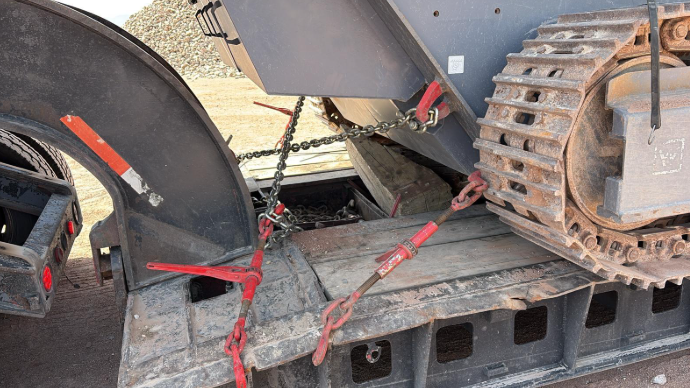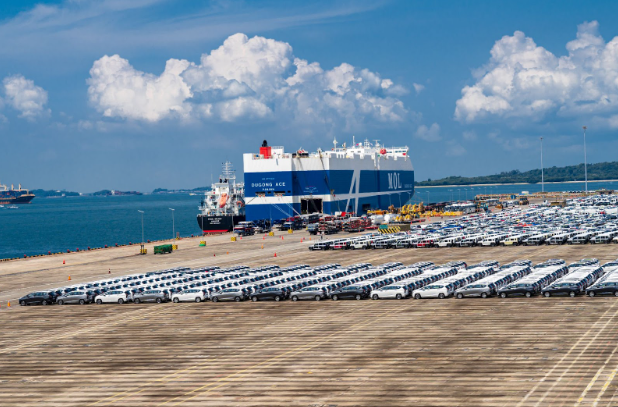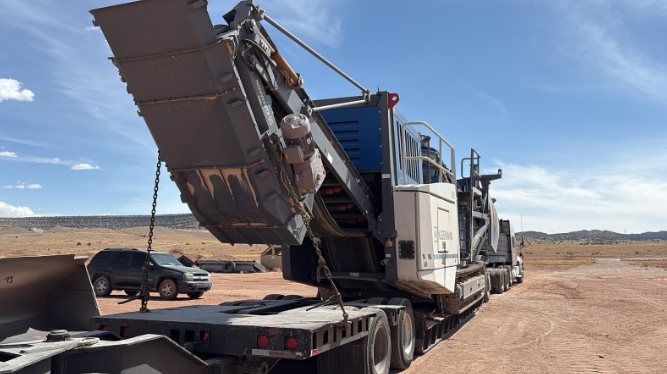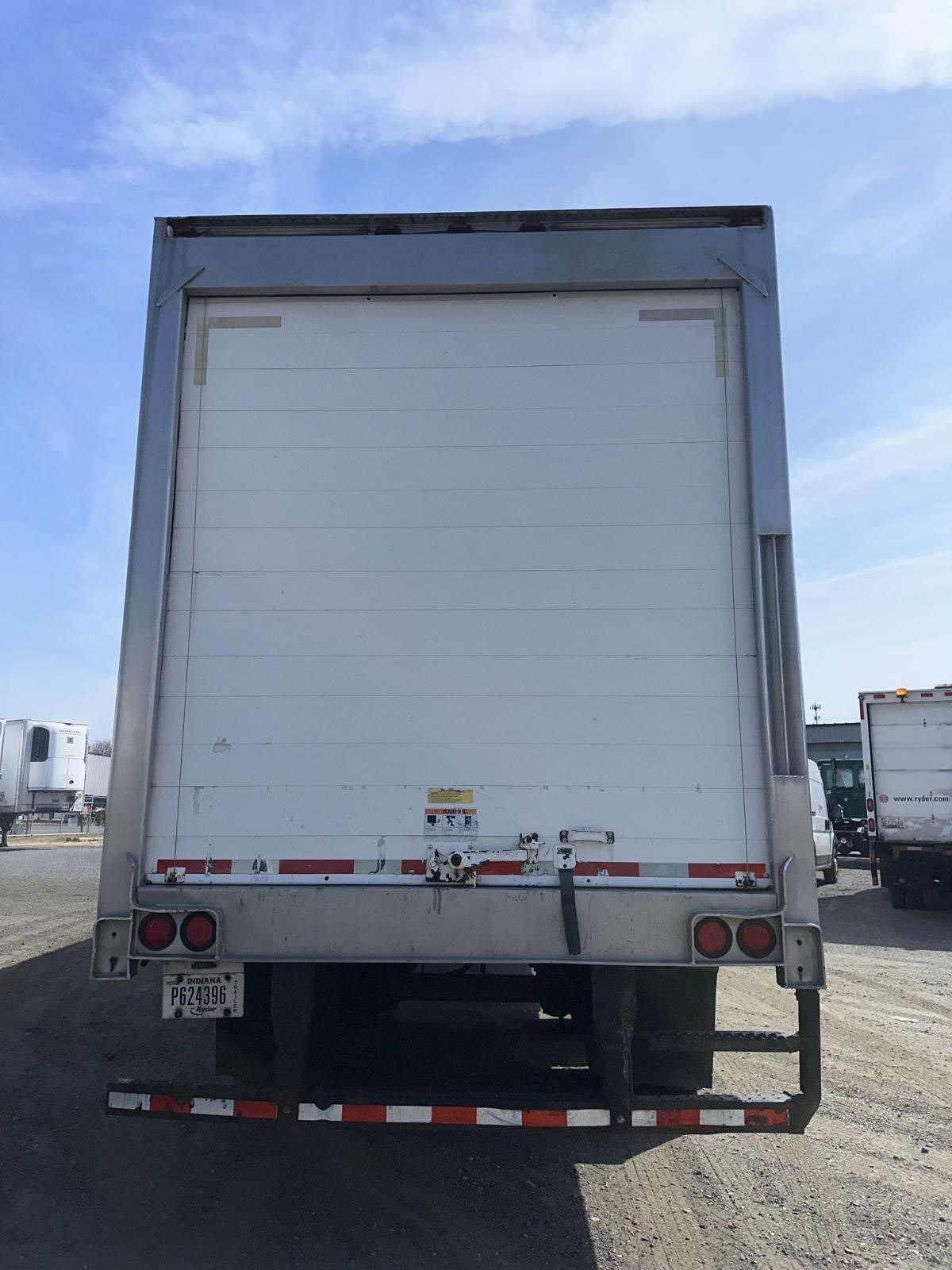Safety is a top priority in heavy haul trucking, where transporting oversized and overweight loads presents unique challenges. As the industry evolves, new technologies and best practices are enhancing safety standards, reducing risks for drivers, cargo, and other road users. Here are five key safety enhancements currently transforming heavy haul trucking.

1. Advanced Load Securing Techniques
Securing heavy cargo properly is crucial to preventing load shifts, which can lead to accidents or cargo damage. The industry has adopted improved load-securing methods, including:
- Anti-slip friction mats: Placed between the cargo and trailer bed, these mats provide additional grip, reducing the likelihood of movement during transit.
- Stronger tie-downs and tensioning systems: High-tensile strength chains and automatic tensioning systems keep loads secure.
- Smart load monitoring sensors: These sensors detect shifts in cargo position and send real-time alerts to drivers, allowing for quick corrective action.
With these advancements, drivers can transport heavy machinery, oversized construction materials, and other large loads more safely and efficiently.
2. AI-Powered Route Planning and Hazard Detection
Route planning has always been a critical aspect of heavy haul trucking, but artificial intelligence (AI) is taking it to the next level. AI-powered route optimization tools now analyze real-time traffic data, road conditions, and construction zones to create the safest and most efficient routes.
For example, AI-based GPS systems can detect low-clearance bridges or weight-restricted roads, ensuring heavy haulers avoid costly and dangerous detours. Additionally, these systems can adapt routes in real-time based on weather conditions, helping drivers make informed decisions to enhance safety.
3. Enhanced Driver Training and Certification Programs
Heavy haul trucking requires specialized skills, and ongoing driver training is essential. Companies are now implementing more rigorous training programs, focusing on:
- Load balancing techniques to prevent trailer tipping.
- Emergency response training for unexpected incidents like brake failures.
- Virtual reality (VR) simulations, allowing drivers to practice handling difficult terrain and hazardous conditions in a controlled environment.
Programs such as the National Heavy Equipment Operators School are also setting new industry standards, ensuring drivers are well-prepared to handle the challenges of hauling oversized loads.
4. Advanced Equipment Maintenance and Telematics
Regular maintenance and advanced telematics systems are playing a crucial role in enhancing safety. Modern heavy haul trucks are now equipped with:
- Predictive maintenance software, which monitors engine performance, tire pressure, and brake conditions, alerting operators before potential failures occur.
- Automated braking and stability control systems, reducing the risk of rollovers or jackknifing.
- Collision avoidance technology, using sensors and cameras to detect nearby vehicles and automatically apply brakes if necessary.
By leveraging telematics, fleet managers can proactively address maintenance issues, minimizing downtime and improving overall safety.
5. Stricter Compliance with Regulatory Safety Standards
Government regulations play a vital role in heavy haul trucking safety. In recent years, new policies have emerged to further enforce safety standards, including:
- Electronic Logging Devices (ELDs): Mandated by the Federal Motor Carrier Safety Administration (FMCSA), ELDs track driving hours to prevent fatigue-related accidents.
- Revised weight limit laws: Ensuring that loads comply with maximum allowable limits to avoid excessive road strain and potential structural failures.
- Improved escort vehicle regulations: Escort vehicles for oversized loads now require more training and real-time communication with truck drivers to navigate complex routes safely.
With increased enforcement of these regulations, heavy haul operations are becoming safer and more efficient for everyone on the road.
Final Thoughts
Safety enhancements in heavy haul trucking are reshaping the industry, making transport operations more secure and efficient. By adopting advanced load securing techniques, AI-powered route planning, enhanced driver training, predictive maintenance, and strict compliance with safety regulations, companies can reduce risks and improve overall performance.
As technology continues to advance, the heavy haul industry will see even greater improvements in safety. Companies that stay ahead of these trends will not only protect their drivers but also gain a competitive edge in the market.
Looking for a Reliable Heavy Haul Partner?
At STT Logistics Group, we prioritize safety and efficiency in every haul. Whether you need to move oversized machinery or specialized freight, our experienced team ensures a seamless and secure transport process. Contact us today for a free quote!
